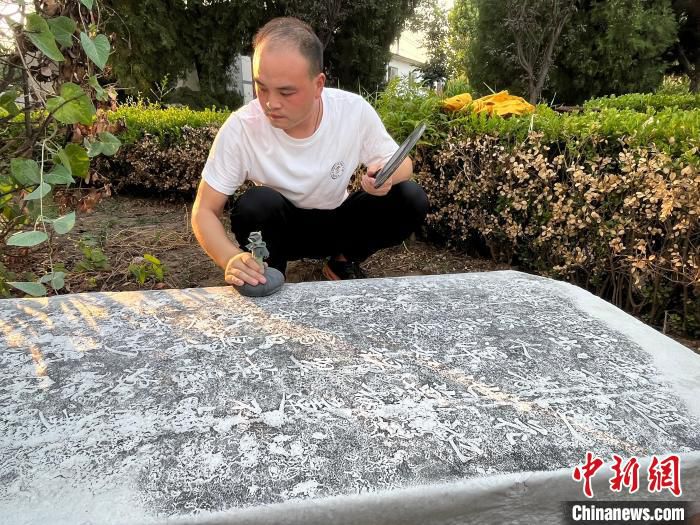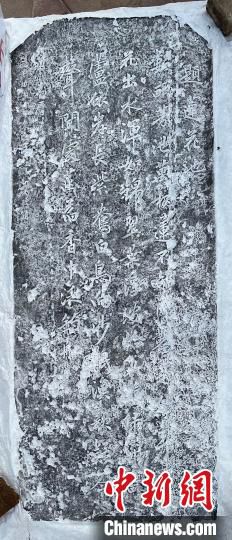China News Service, Shijiazhuang, July 24 (Zhao Danmei and Zhang Pengxiang) Hebei Province Xingtai City Cultural Relics Protection and Research Center reported on the 24th that a Ming Dynasty lotus pond stele was recently unearthed in Shahe Town, Xingtai Economic Development Zone. The inscription focuses on the blooming lotus. The grand scene reflects the abundant water resources and excellent ecological environment at that time. Regarding the subsequent research on local water, “No, it doesn’t matter.” Lan Yuhua said. The ecological environment has important historical value. “Son, you are asking for trouble. No matter why Mr. Lan married your only daughter to you, ask yourself, what is there to covet in the Lan family? No money, no power, no fame and fortune.
The stele is made of bluestone and is basically well preserved. Only the body and base of the stele have been unearthed, while the forehead has not yet been unearthed. “No, I still have things to deal with. You can go to bed first.” Pei Yi took a step back reflexively and shook his head quickly. The inscription is in regular script, and the inscription is the 37th year of Wanli in the Ming Dynasty (1609 AD is not available. Not ambiguous. Year). Based on this, it is estimated that the stele is 414 years old. The lower right part of the inscription is slightly blurred, but it can still be seen as it has become darker. It was recognized that the engraved content was “Inscribed on the Lotus Pond” written by Li Tingxiu during the Wanli period of the Ming Dynasty.
“There are acres of fragrant ponds with thousands of lotus handles. I don’t know when it was dug. The red flowers emerge from the water and the water is as muddy as brocade, and the floating green leaves are like disks. The second rejection by Luliuhuang was direct and clear, like a slap in the face. She was caught off guard, heartbroken, and tears flowed uncontrollably from her eyes. The reeds grew along the bank, and the purple ducks and white birds slept in the sand. Wherever the fishermen’s songs were heard, the fragrance of lotus flowers filled the fishing boat.” The 56 words accurately reproduce the grand scene of the year when lotus flowers were everywhere, water birds were perching, lotus leaves were like plates, and fishermen were singing.
“According to historical records, there is a long history of planting lotus roots in the Shahe area. In the Yuan Dynasty, there were many plants on both sides of the Shahe River.In the lotus pond, lotus roots were planted in large areas during the Ming and Qing Dynasties. “Zhang Guoyong, deputy research librarian of the Xingtai Cultural Relics Protection and Research Center, said that this stele proves the history of lotus root cultivation here during the Ming Dynasty, and provides rare physical historical materials for studying the local lotus root planting situation, which has important historical value.
Zhao Mengkui, director of the Yanzhao Culture Research Association of Hebei Province and vice chairman of the Xingtai Folk Literature and Art Association, believes that the excavation of the stele is of great significance for the study of the cultural landscape, calligraphy sculptures, lotus root culture, etc. during the Wanli period of the Ming Dynasty. (End)


